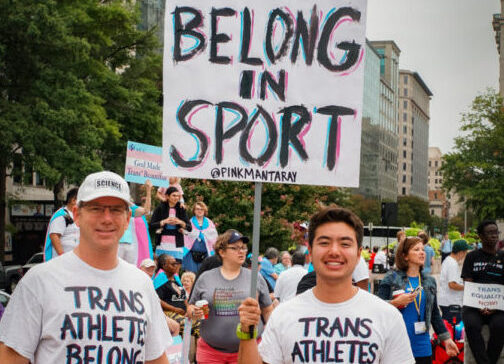
On January 19, 2022, The National Collegiate Athletic Association (NCAA) put an update to its policy. This regarded transgender athletes in the 23 sports that the NCAA governs. The policy will be effective starting with the winter championships in 2022.
NCAA New Rules
At over 1,000 colleges and universities, the NCAA plans on taking a sport by sport approach to its policy. This means that rules and regulations may vary depending on the individual sport. This updated policy outlining transgender student-athlete participation in NCAA sports may differ for those not governed by the NCAA.
Some of the rules are that “transgender student-athletes will need to document sport-specific testosterone levels beginning four weeks before their sport’s championship selections. Starting with the 2022-23 academic year, transgender student-athletes will need documented levels at the beginning of their season and second documentation six months after the first. Furthermore, players will need documented testosterone levels four weeks before championship selections.”
The Board of Governors voted in support of this sport-by-sport approach saying it, “preserves the opportunity for transgender student-athletes while balancing fairness, inclusion, and safety for all who compete.”
How the change started
Attention to this policy was sparked by controversy when University of Pennsylvania swimmer, Lia Thomas started smashing records this year. Starting back in 2019, Thomas first started hormone replacement therapy, thinking she might never be able to swim competitively again. After Covid-19 shut down sports entirely, it gave her more time to transition. Coming back in for her final season, she competed on the Women’s swim team.
The importance of inclusion
The way a person identifies with their gender may not always align with how they were born genetically. It is important to understand the difference between how someone was innately born versus how they want to express themselves. Some individuals do not feel comfortable and confident in the traditional expectations that are placed on their assigned sex from birth. The way they chose to express their gender through their clothes, hair, or name should be supported through their process.
Transgender Visibility Day
On March 30, 2022, the White House sent out a proclamation on Transgender Visibility Day. This was very considerate to do, making it clear and known that whoever the message resonates with, the President is on their side. More action is needed to move forward with creating equality within sports. With new policies being made, there is hope that the mindsets of individuals being more open to new policies.












